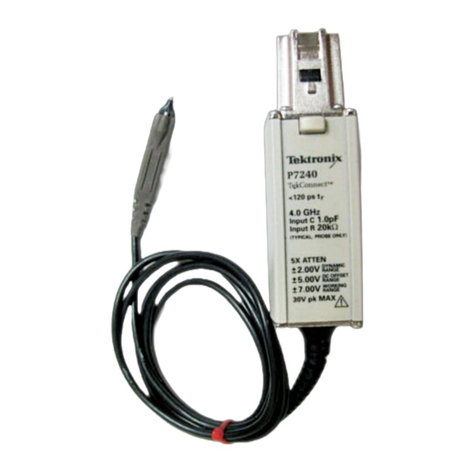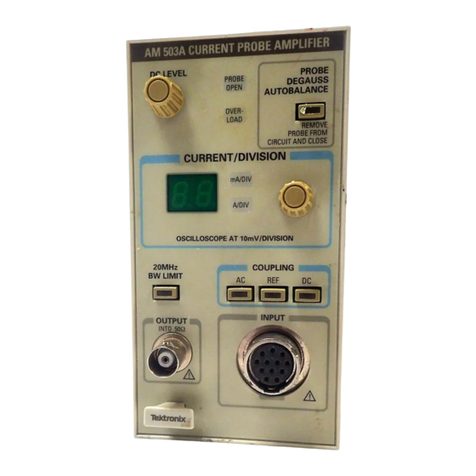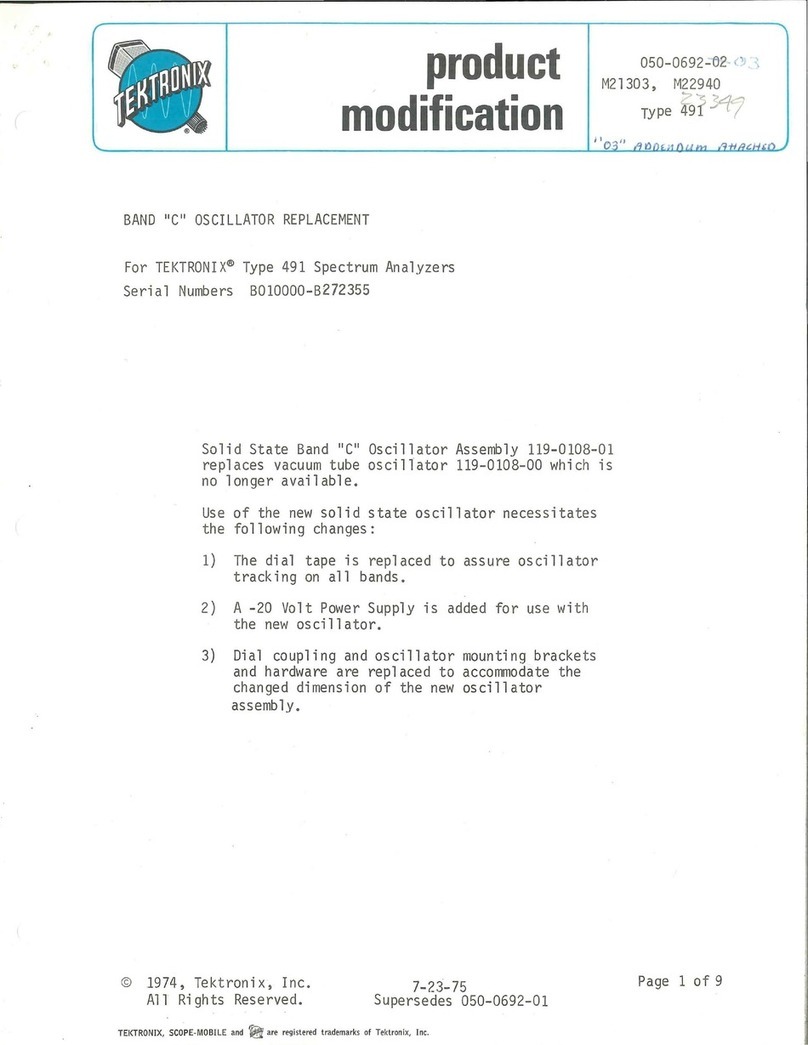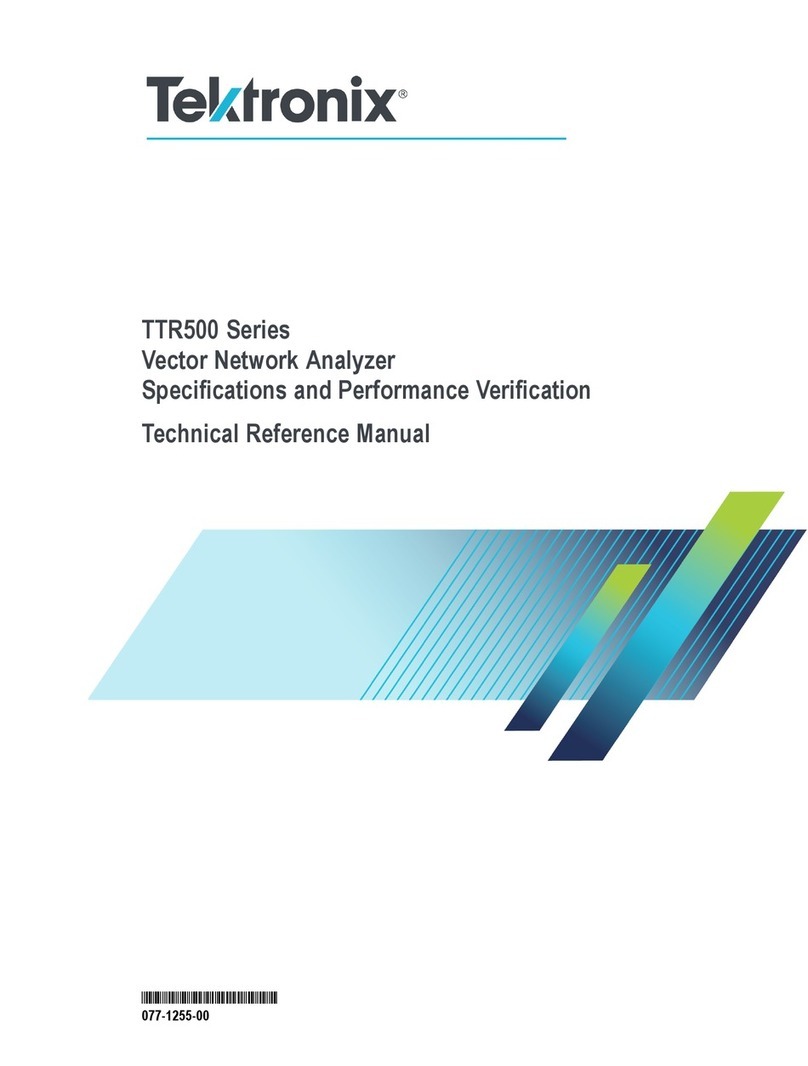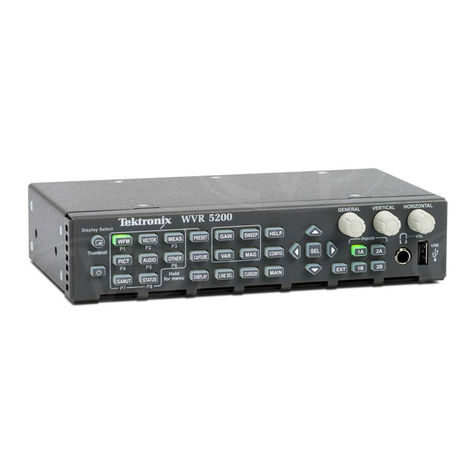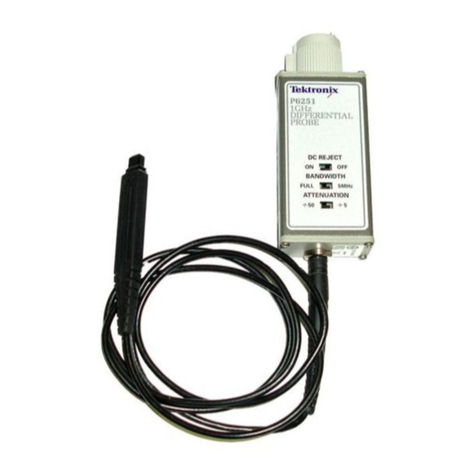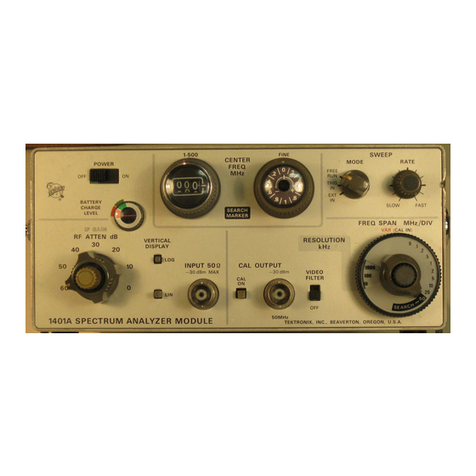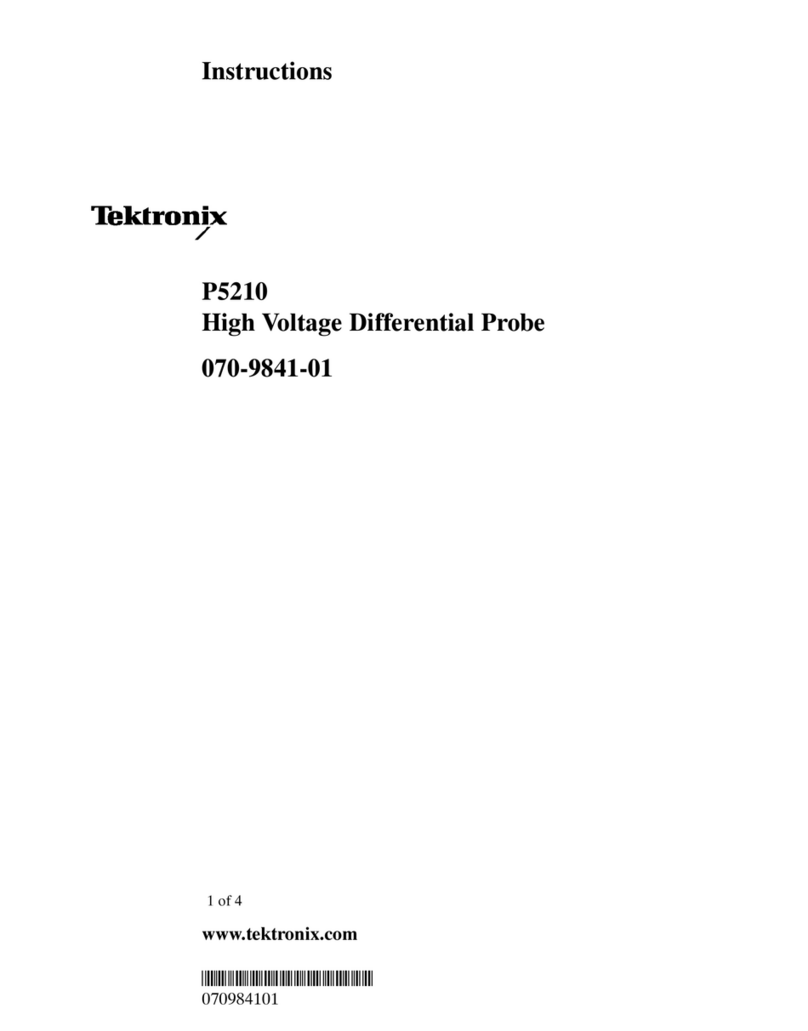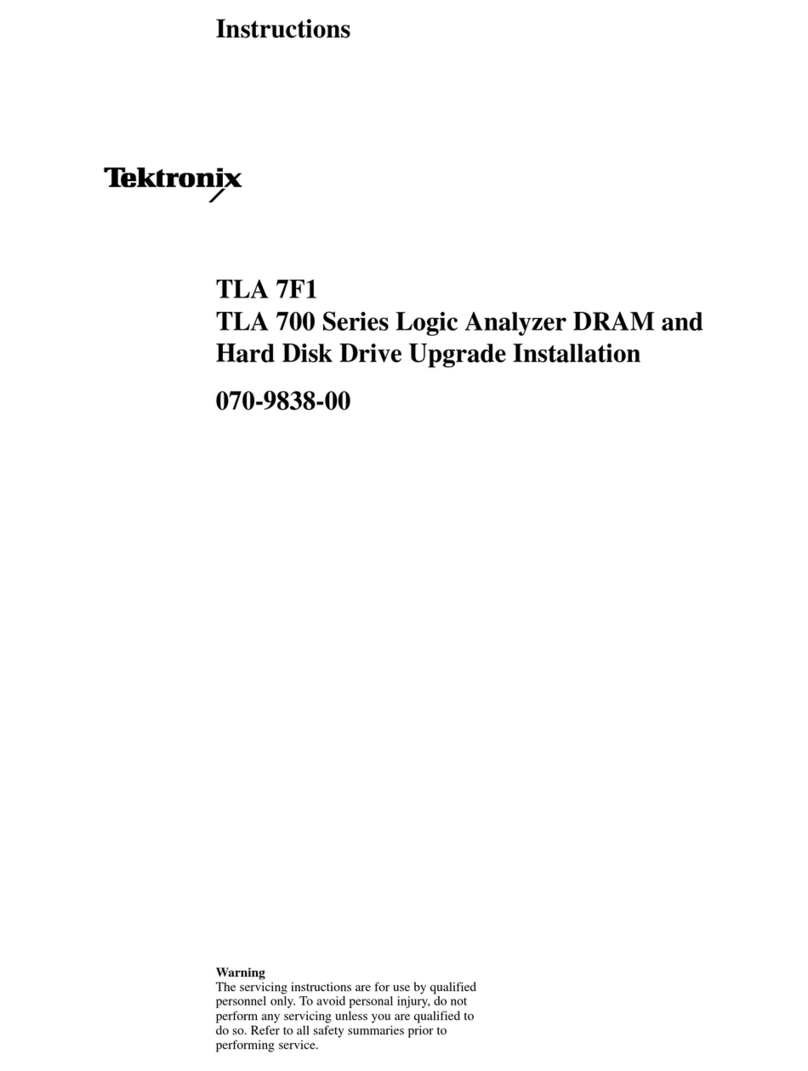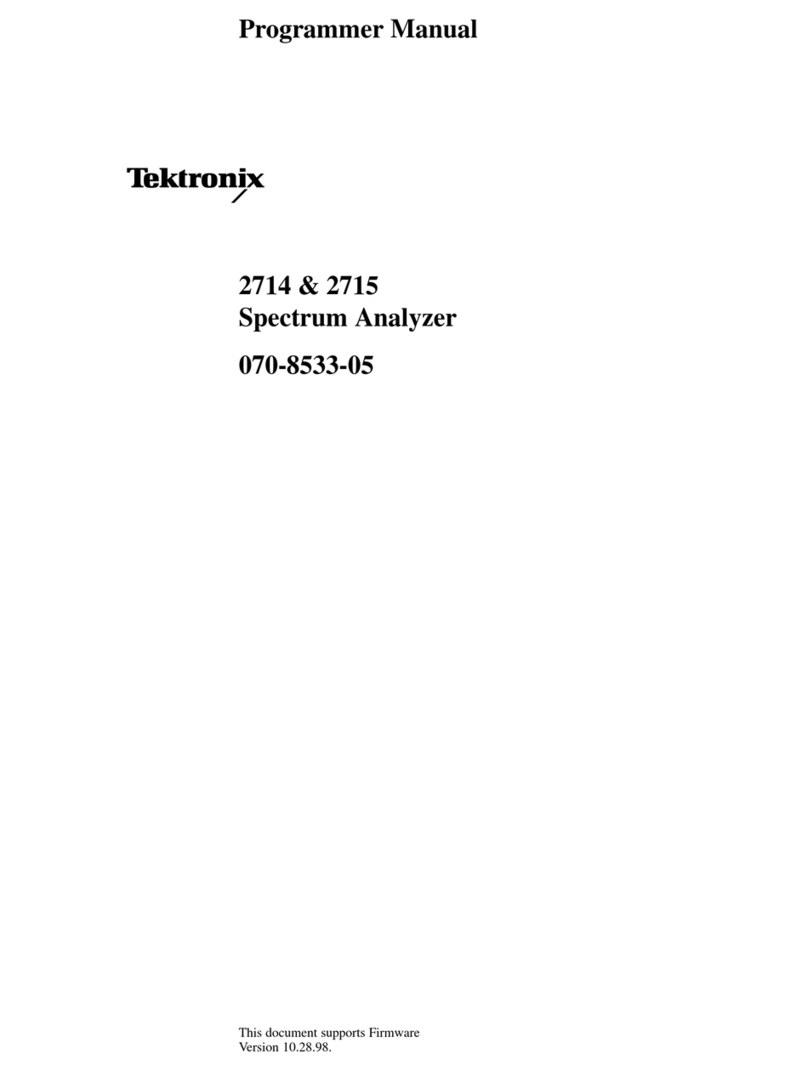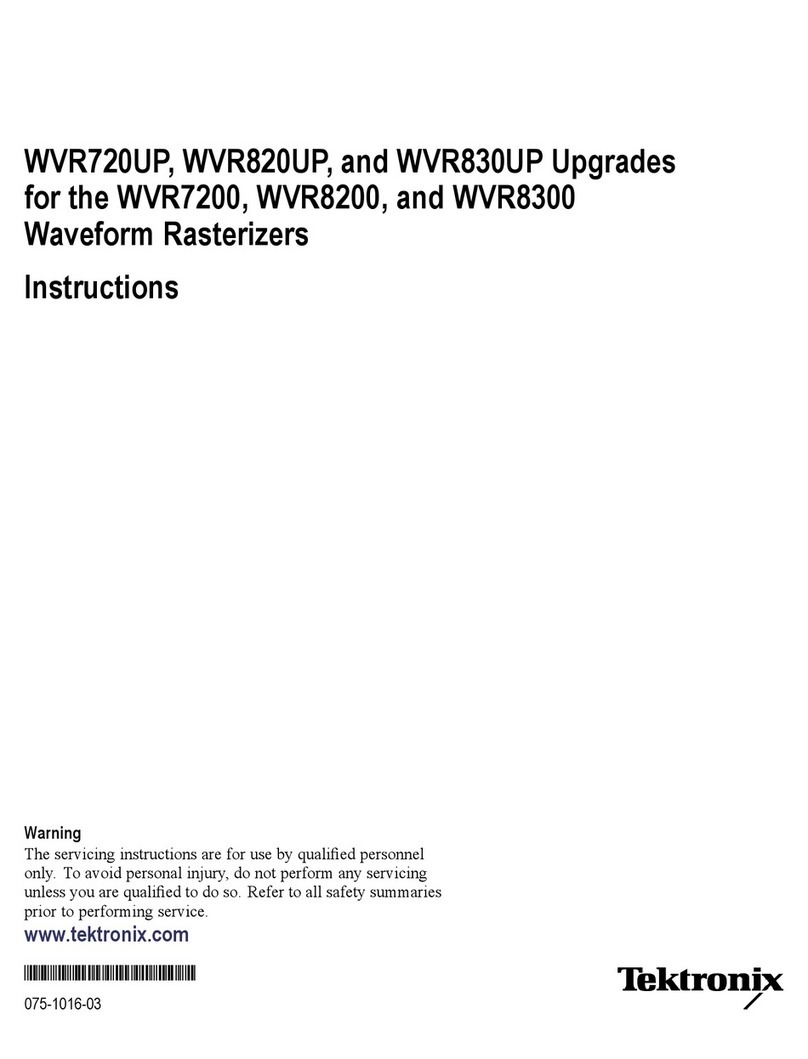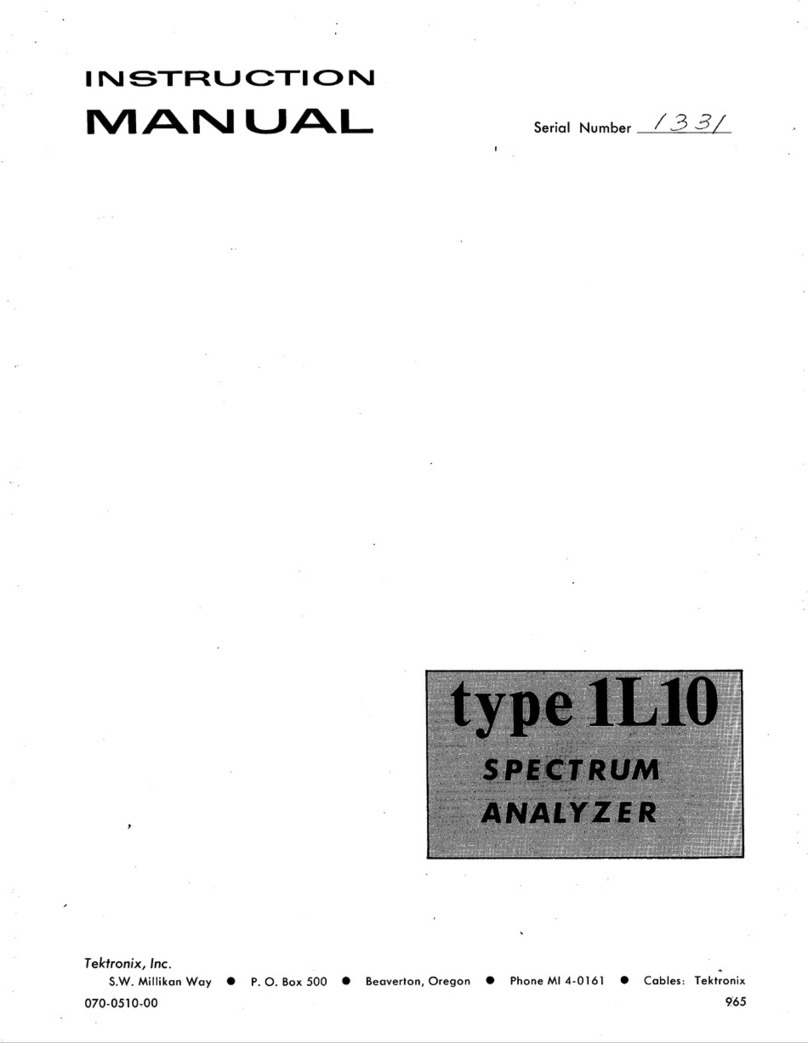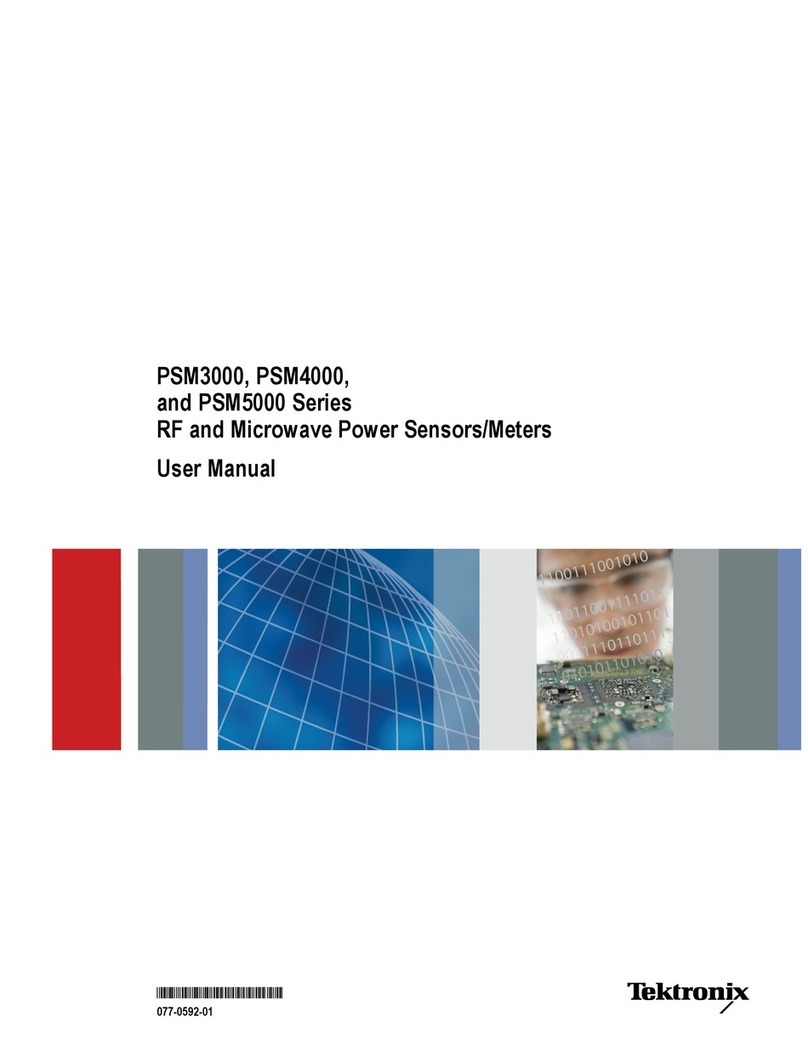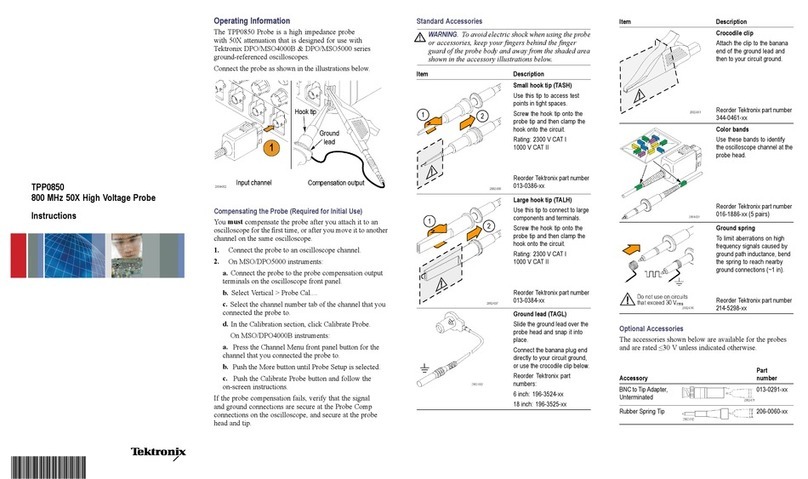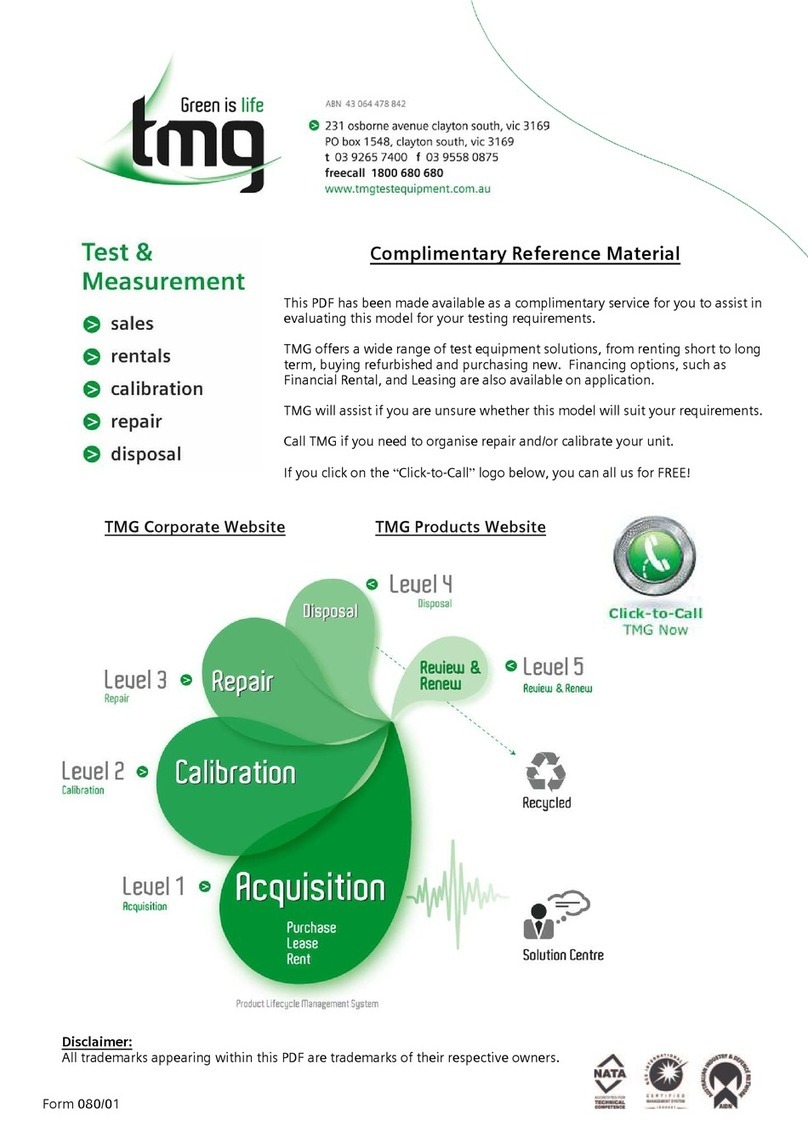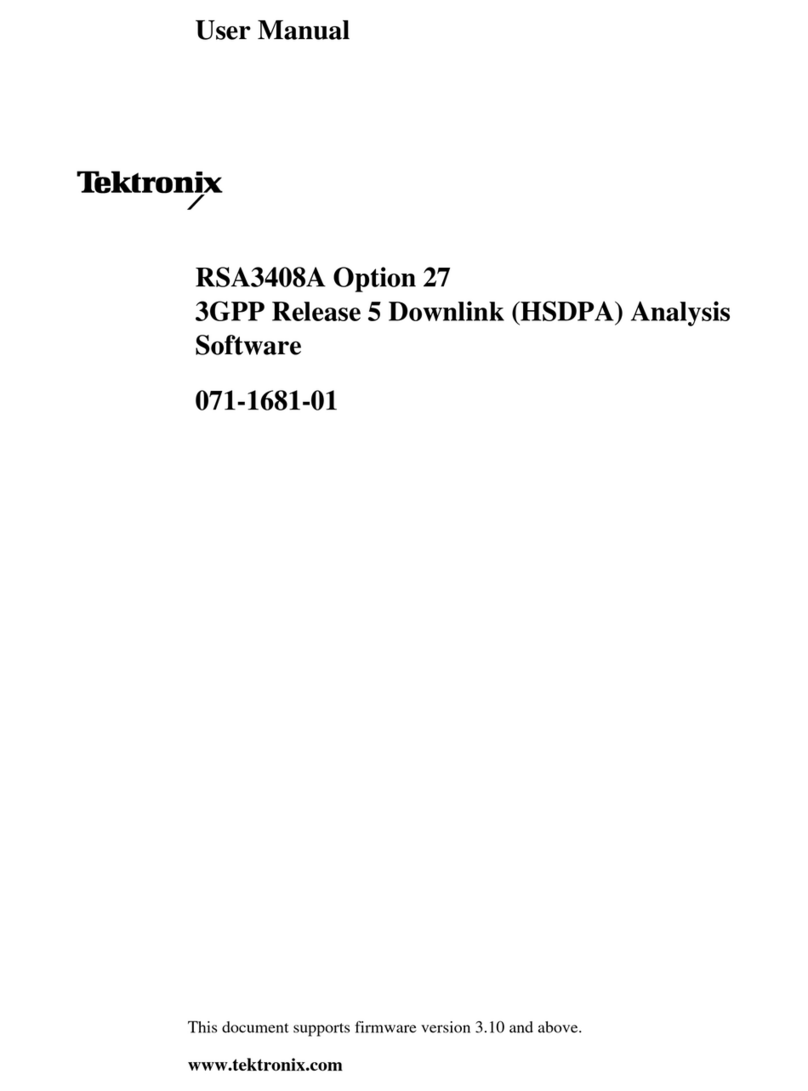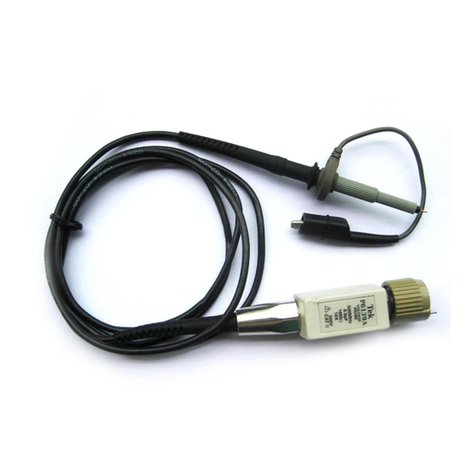
1·
I
r
f
1·
Type 152
SECTION
1
CHARACTERISTICS
Change
information,
if
any,
affecting
this section will
be
found
at
the
rear
of
the
manual.
Introduction
The Tektronix Type
1S2
Sampling Unit
is
a
DC
to 3900
MHz multiple purpose sampling plug-in unit. It will
operate
in
any
Tektronix 500-series Oscilloscope
that
will
accept
1-
series
or
letter-series plug-in units. The Type 1
S2
provides
both the vertical
and
the horizontal information to the oscil-
loscope during equivalent-time sampling.
Normal signal sampling operation
or
special coaxial cable
Time Domain Reflectometry
(TDR)
testing
are
the main fea-
tures
of
the Type 1S2. The sampler step-response 10% to
90% risetime
is
90 picoseconds
(ps)
or
less
in
a 50 a environ-
ment. The sampler
is
a two-connector through-signal channel
for viewing signals within a 50 a transmission line,
or
at
the
end
of
a terminated 50 a transmission line. Unterminated
sampler through-channel
DC
resistance
is
approximately
5000
a,
useful during low frequency real-time sampling
operation.
The vertical channel
is
calibrated for either volts
or
reflec-
tion coefficient
(p)
in
seven steps from 0.005 to 0.5
in
a 1-2-5
sequence. A Variable control can either increase
or
decrease
these deflection factors for complete
coverage
between cali-
brated
deflection factors. Minimum uncalibrated deflection
factors are: approximately 0.002 Volts/div
or
0.002 p/div.
The horizontal axis
of
the display
is
calibrated for either
Time
or
Distance
in
three major ranges
and
21
steps from
100
ps/div
to 1000 ns/div Time,
and
from 1
cm/div
to 100
meters/div Distance. Time
or
Distance units/div
are
dis-
played
by an illuminated
readout
panel for
ease
of interpret-
ing the display. The illuminated panel Units lamps
are
turned
off whenever the Magnifier Variable control
is
not
at
its
CAL
detent
position. Maximum uncalibrated sweep rates with
the Range control
at
.111s-lO
m
and
Magnifier
at
XlOO
are:
::::;28.75
ps/div
Time
and
::::;o.275
cm/div Distance.
Distance calibration.
is
dependent
upon the position of a
Dielectric switch
that
provides correct horizontal deflection
factors for the different
propagation
velocities
of
AIR,
solid
TFE,
or
solid
POLYETHYLENE
dielectrics.
Other
dielectrics
that
cause intermediate
propagation
velocities can
be
tested
after
the
operator
adjusts the front panel variable
PRESET
dielectric control so the horizontal units/div match the par-
ticular line being tested.
The horizontal units/div
are
automatically set to Time
whenever the Type 152
is
operated
as
a normal sampling
plug-in unit.
Two internal step-function pulse generators provide a
selectable test signal during
TDR
operation.
One
provides
a 0.25-volt 50 ps 10% to 90% risetime pulse
and
the other
provides a 1.0-volt 1
ns
10% to 90% risetime pulse,
each
at
a source impedance of 50
a.
Other
TDR
features include a
two-position
RESOLUTION
switch, signal-related vertical
OFFSET
(positioning)
voltage
and
time related horizontal
POSITION control
that
indicates the Time
or
Distance Posi-
tion of the time window start
as
a
percentage
of
the unmagni-
fied ten division time window. These controls
(OFFSET
and
POSITION), allow
accurate
slide-back measurements of both
the magnitude
and
location of
TDR
signals.
Critical analysis
of
any
TDR
display
is
possible through the
use of either a
storage
oscilloscope
or
a photograph. Stor-
age
displays
are
obtained by using the Type 1
S2
in
a
Tek-
tronix Type 549
Storage
Oscilloscope. Permanent record
photographs
of
CRT
displays
are
possible with
any
one
of
several Tektronix Oscilloscope Cameras.
Modes of Operation
The two general operating modes
of
the Type 1
S2
are
as
a Time Domain Reflectometer
and
as
a normal signal sam-
pling oscilloscope. Four display modes perform for both
general operating modes.
(1)
Normal repetitive sweeps for
general
CRT
viewing.
(2)
Single Sweep, where the desired
display can be caused to traverse the
CRT
horizontally once,
without repeating until required.
(3)
Manual scan; the display
is
converted to a single
spot
that
can
be
moved horizontally
at
a hand
operated
rate convenient to the
operator.
And
(4)
External scan; the display
is
a single spot (as
in
Manual
Scan)
that
is
caused to traverse the horizontal axis
at
a rate
set by
any
external drive signal.
(The
oscilloscope main
frame time-base Sawtooth
Out
signal
can
be connected to
the external input to sweep the display
at
very slow rates.)
Vertical
and
Horizontal output signals permit the Type
1S2
to drive
X-Y
or
Y-T
recorders. Or, the recorder can con-
trol the
CRT
scan rate (through the
EXT
INPUT)
and
the Type
1
S2
Vertical output signal
will
then control the pen recorder
Y axis. Output signal jacks have a 10
kn
output impedance.
ELECTRICAL
CHARACTERISTICS
The following characteristics
apply
over an ambient tem-
perature range of
0°
C to
+50°
C,
except
as
otherwise
stated. These characteristics
apply
only after the Type 1
S2
has been properly mated to the oscilloscope
and
after
a
warm-up time of
at
least 20 minutes. A procedure for mating
the Type 1
S2
to
each
oscilloscope can
be
found
in
the
Oper-
ating Instructions (Section
3)
of this manual.
1-1
